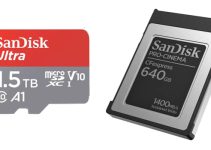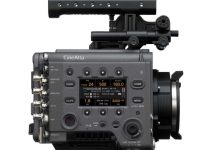The mirrorless hype has taken the independent filmmaking world by storm. And while there are many video shooters who are still filming with their favorite and trustworthy DSLRs, many folks who are just starting out with video opt for the lighter, smaller and arguably more convenient mirrorless camera bodies.
But with the abundance of models available out there, it could be a bit overwhelming to pick the right camera for your specific creative needs. So, if you are new to professional filmmaking and don’t know where to start, here are five excellent entry-level mirrorless cameras under $1,000 that should get you going in no time.
Sony A6400 (B&H, Amazon)
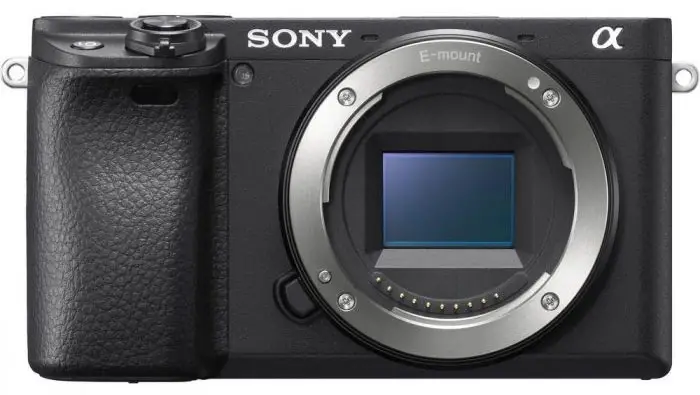
Announced back in January 2019, this budget-oriented APS-C camera from Sony brings all the bells and whistles one will need to start shooting professional video such as 4K/30p recording with full pixel readout and no pixel binning, S-Log2, S-Log3, and HLG gamma profiles, super-slow motion 1080p/120fps as well as advanced real-time Eye AF system.
Unfortunately, the A6400 doesn’t provide any sort of internal image stabilization like the A6500, but in return, it comes with a built-in intervalometer for video timelapse. The available 180-degree flip-up touchscreen, on the other hand, makes shooting vlogs extremely convenient, so if you plan to build your YouTube channel any time soon, the Sony A6400 is definitely a viable option in that regard.
Sony A6400 Highlights
- 24.2MP APS-C Exmor CMOS sensor
- Latest-generation BIONZ X image processor
- World’s Fastest 0.02 seconds AF acquisition speed
- 425 phase-detection and contrast-detection
- AF points covering approximately 84% of image area
- Advanced Real-time Eye AF
- New Real-time Tracking for object tracking
- 180-degree fully tiltable LCD touch screen for vlogging
- High-speed continuous shooting at up to 11 fps mechanical shutter
- 8 fps silent shooting with continuous AF/AE tracking
- 4K/30p video with full pixel readout and no pixel binning plus advanced AF speed and stability
- S-log2 & S-Log3 Gamma
- Super-slow motion 1080p/120fps
- Built-In Wi-Fi with NFC
- Interval recording for time-lapse videos
Panasonic G9 (B&H, Amazon)
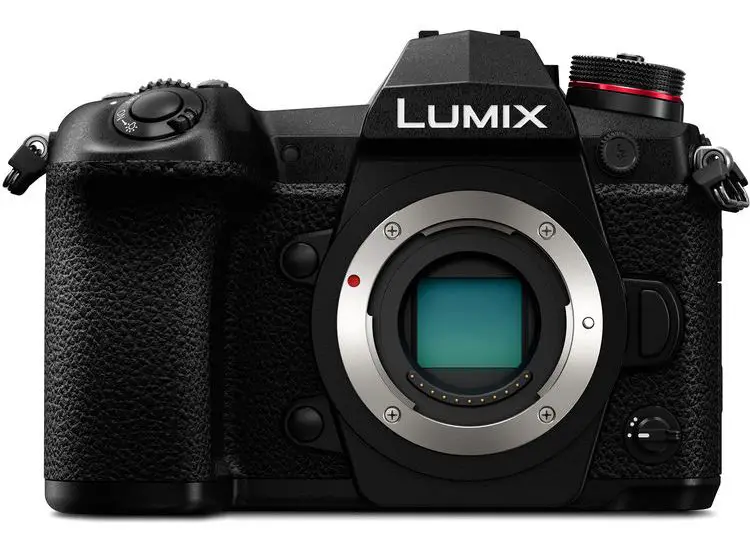
Even though it’s a 2-year old camera and it’s a tad out of the budget in question, the entry-level Lumix G9 was recently refreshed with a key firmware update that enabled 4K 30p/25p 4:2:2 10-bit recording on board alongside 4K 60p/50p 4:2:2 10-bit HDMI output and added V-Log L as a paid license upgrade.
The camera also offers variable frame rates ranging from 2 to 60fps and 2 to 180fps when shooting in 4K UHD and Full HD respectively.
When you combine these enticing features with the already available built-in 5-axis Dual I.S. that works for both photo and motion picture recording along with the advanced DFD AF System, swivel touchscreen and easy to navigate menu system, you get an extremely powerful Micro 4/3 camera packed with a plethora of professional video features that you won’t find on any other rival in this price range.
Panasonic G9 Highlights
- 20.3MP Four Thirds (5184 x 3888) MOS Sensor
- Venus Engine Image Processor
- UHD 4K/60p Video, 4K 30p/25p 4:2:2 10-bit, 4K 60p/50p 4:2:2 10-bit HDMI output
- V-Log L (via paid license upgrade)
- 80MP High-Res Shot Mode
- 5-Axis Sensor Stabilization; Dual I.S. 2
- 0.83x 3.68m-Dot OLED Viewfinder
- 3.0″ 1.04m-Dot Free-Angle Touchscreen
- Top Status LCD; Rear Joystick
- Advanced DFD AF System;
- 6K PHOTO
- ISO 25600 and 60 fps Continuous Shooting
- 2 x UHS-II SD Slots
- Wi-Fi & Bluetooth
Canon EOS M50 (B&H, Amazon)
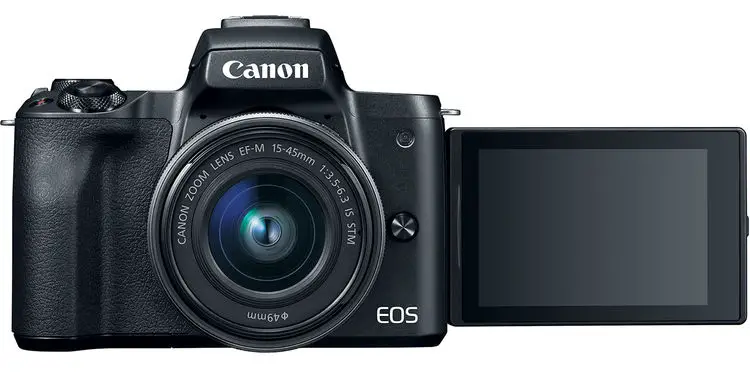
The Canon EOSM50 is another excellent option for vloggers and newbie filmmakers working on a budget that’s capable of shooting UHD 4K video at 24fps alongside slow-motion 1080p video up to 60fps as well as 720p up to 120fps. The entry-level offering sports a 24.1-megapixel APS-C CMOS sensor that packs Dual Pixel technology with Eye Detection AF alongside DIGIC 8 image processor.
Unlike the previous two cameras on the list, it lacks Log profile, but it has impressive ISO 100-25600 further extended to 51,200, Dual Pixel CMOS AF, 5-axis Image Stabilization, 4K Timelapse Capture, Wi-Fi/NFC/Bluetooth wireless connectivity, Micro HDMI port with HDR output to compatible devices as well as the ability to grab 4K stills from video.
Canon M50 Highlights
- 24.1MP APS-C CMOS Sensor
- DIGIC 8 Image Processor
- 4K/24p UHD video (1.6 x crop)
- 1080/60p and 720/120p HD video
- 2.36m-Dot OLED Electronic Viewfinder
- 3.0″ Vari-Angle Touchscreen LCD
- 7.4 fps burst in AF-C (10 fps in AF-S)
- 4K Timelapse Capture
- 4K frame grabs from video
- Built-In Wi-Fi with NFC, Bluetooth
- Dual Pixel CMOS AF
- ISO 100-25600, Extended ISO 51200
- Combination 5-Axis Image Stabilization
Fujifilm X-T30 (B&H, Amazon)
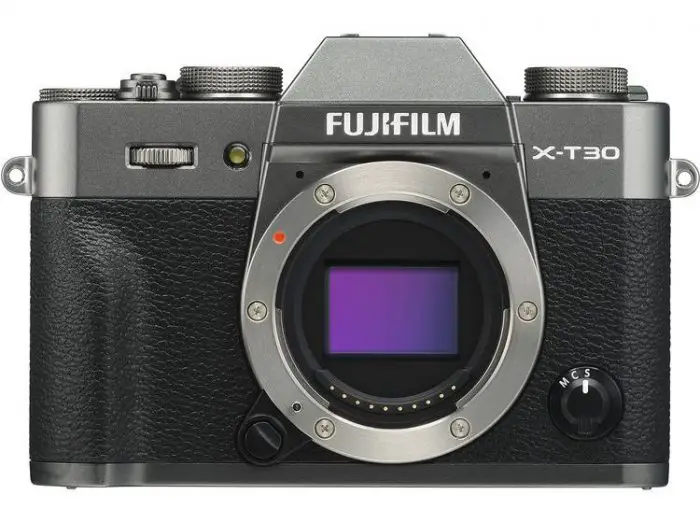
Being the budget-friendlier version of the flagship X-T3, the Fujifilm X-T30 is a fantastic all-around APS-C mirrorless camera without too many compromises. It provides 4K/30p recording with F-Log and also comes with the included Film Simulations such as ETERNA, ASTIA, PRO Neg, and others that Fuji are famous for.
The internal 4K recording is in 8bit 4:2:0 H.264, though, but there is a 4K HDMI output that allows for 10bit 4:2:2 recording to an external recorder such as the Atomos Ninja V. The X-T30 even supports 4K DCI spec (4096 x 2160) recording and supersamples the video from a 6K (6240 x 3510) imaging area (using the full sensor in other words) to produce stunning quality imagery in 4K for for more detail and sharper look, free of moire or aliasing.
Other noteworthy features include 3.0″ 1.04m-Dot Tilting LCD Touchscreen, Extended ISO range of 80-51200, Monochrome Adjustment, Advanced SR Auto, Bluetooth and Wi-Fi connectivity and more.
Fujifilm X-T30 Highlights
- 26.1 Megapixel APS-C “X-Trans” BSI CMOS Sensor
- X-Processor 4 with Quad CPU
- 425-Point Phase-Detection Autofocus
- 4K DCI and UHD Video8bit 4:2:0 internal:
- 4096 x 2160p at 23.98/24/25/29.97 fps
- 3840 x 2160p at 23.98/24/25/29.97 fps
- 1080/120fps Slow-Motion
- F-Log Gamma & ETERNA Film Simulation + more
- HDMI output – 10bit 4:2:2
- 1 x SD cards slot
- No headphone output
- 2.36m-Dot OLED Electronic Viewfinder
- 30fps Blackout Free Shooting
- Monochrome Adjustment
- Advanced SR Auto
- 3.0″ 1.04m-Dot Tilting LCD Touchscreen
- Extended ISO 80-51200
- Bluetooth and Wi-Fi
- Weighs just 383g
Canon EOS RP (B&H, Amazon)
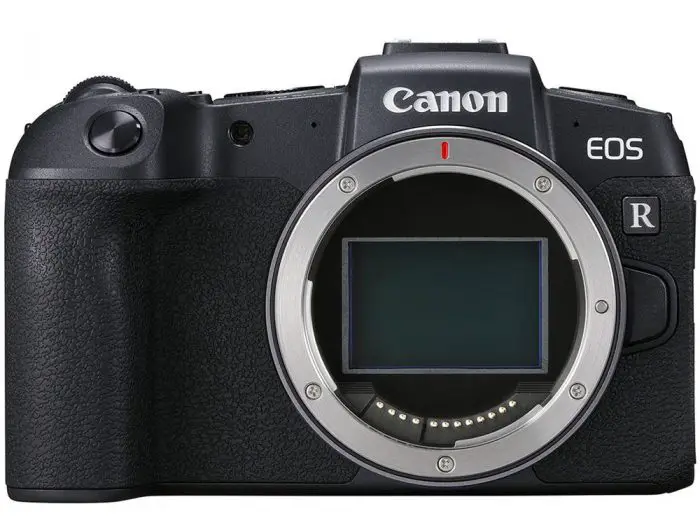
Last but not least comes the Canon EOS RP. While being the only full-frame camera on the list, the EOS RP is, in fact, one of the cheapest full-frame mirrorless cameras you can currently get. It sports a 26.2 megapixel full-frame CMOS sensor backed by DIGIC 8 image processor while being capable of shooting 4K (UHD) video up to 30fps.
It allows you to capture 4K video with 4:2:0 sampling and 8-bit color depth in-camera as well as 4:2:2 8-bit video if you use an external recorder. The entry-level full-frame camera also offers Dual Pixel CMOS AF, fully-articulating touchscreen LCD, 3.5 mic input and a headphone jack as well as Wi-Fi and Bluetooth connectivity. Overall, if you are going after the unique visual aesthetics that you can get only with a full-frame camera, EOS RP is an excellent choice in this price range.
Canon EOS RP Highlights
- 26.2 Megapixel Full-Frame CMOS Sensor
- DIGIC 8 Image Processor
- Dual Pixel CMOS AF (in Full HD only, not in 4K!!!)
- 4K (3840 x 2160) at 25, 23.98 fps Intra Frame
- 4K Time-lapse (16:9) 3840 x 2160 at 29.97, 25 fps All-I
- 1920 x 1080 (59.94, 50, 29.97, 25 fps) intra frame & intra frame lite (29.97, 25 fps)
- 1280 x 720 (59.94, 29.97, 50, 25 fps) intra frame
- 2.36m-Dot OLED Electronic Viewfinder
- Fully-Articulating Touchscreen LCD
- Mic Input & Headphones Out
- Wi-Fi and Bluetooth
- Records to 1 x SD card
- Battery Power via 1 x LP-E17 battery
- Included EF/EF-S to RF Lens adapter in most markets
So, there you have it, five budget-oriented entry-level mirrorless cameras under $1,000 that all shoot 4K video but differ in terms of sensor size, features and form factor. Pick the one that best suits your creative needs and never forget to take into account all the necessary accessories you’ll need to rig each system up down the line.
Disclaimer: As an Amazon Associate partner and participant in B&H and Adorama Affiliate programmes, we earn a small comission from each purchase made through the affiliate links listed above at no additional cost to you.
Claim your copy of DAVINCI RESOLVE - SIMPLIFIED COURSE with 50% off! Get Instant Access!



